Ask Ethan: how do we know that the universe is 13.8 billion years old?
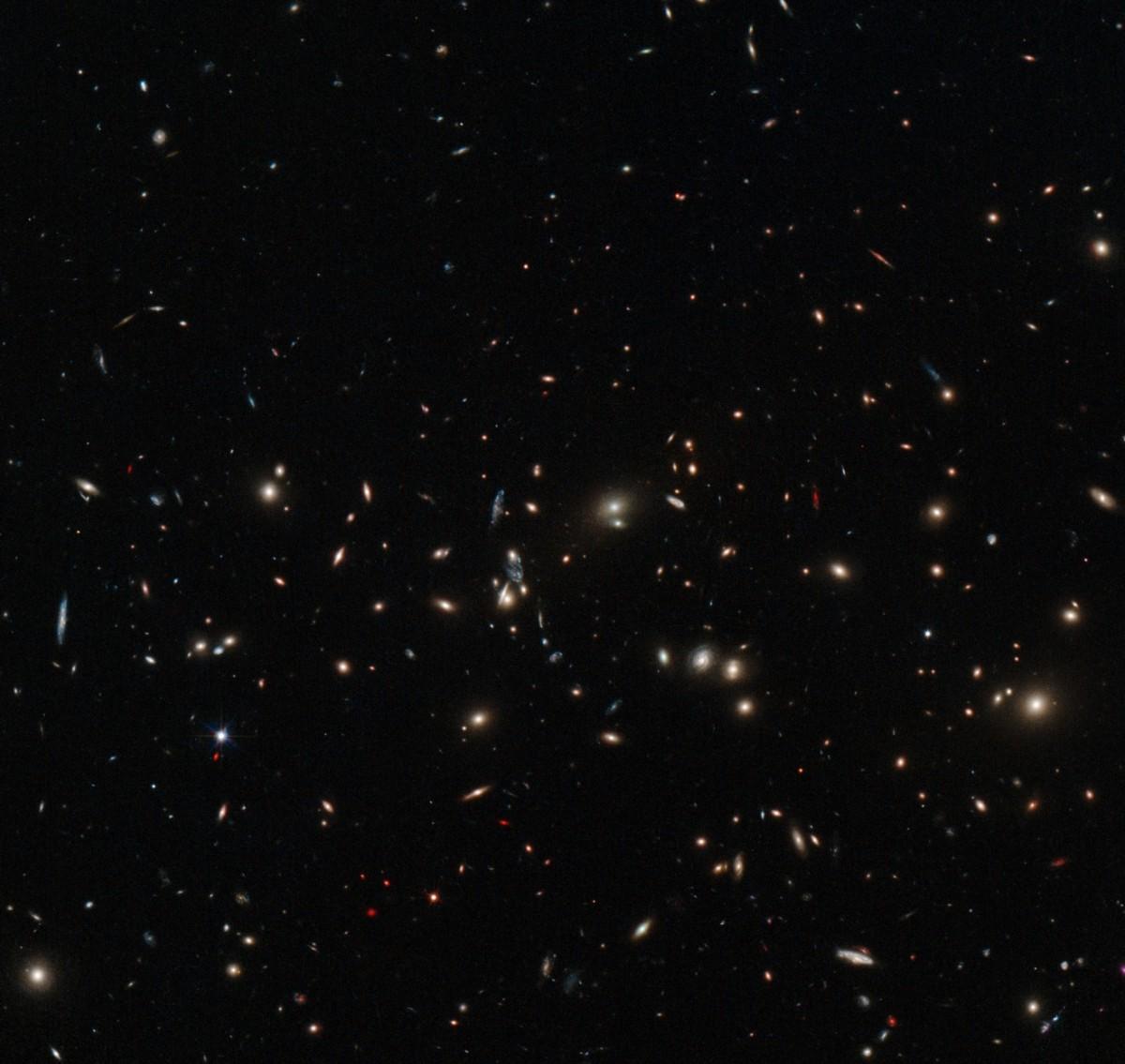
You have probably already heard that the Universe began with the Big Bang 13.8 billion years ago, and formed atoms, stars, galaxies, and, finally, planets with the composition necessary for the emergence of life. Looking into the remote places of the Universe, we also look back in time, and somehow, thanks to the possibilities of physics and astronomy, we calculated not only how the Universe began, but also its age. But how do we know how old she is? This is the question the reader asks:
Ethan, how did you count this number at 13.8 billion years? (Just explain in plain language, please!)
In fact, there are two different, independent methods for measuring this quantity, and although one of them is much more accurate than the other, much less assumptions are used in the less accurate.
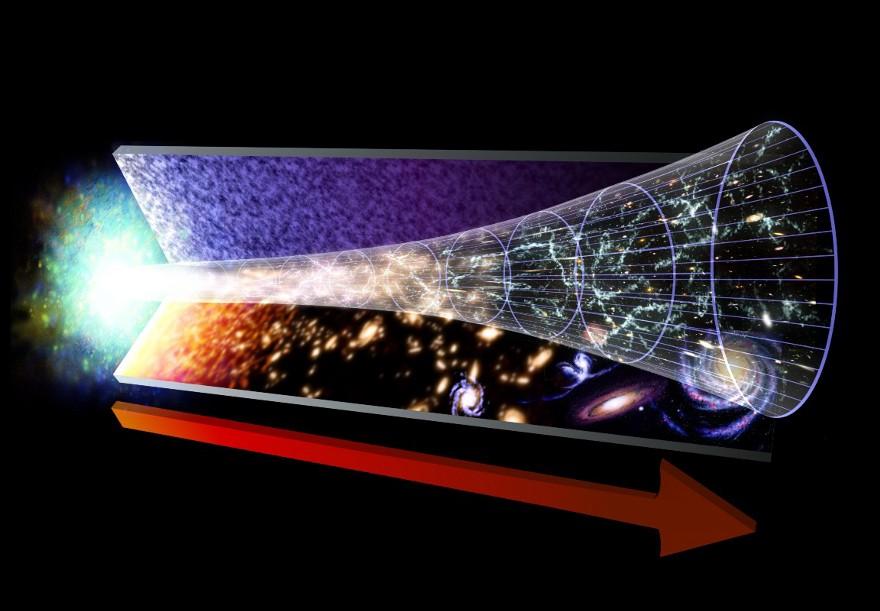
A more accurate method suggests that the Universe expands and cools, which means that it was hotter and denser in the past. If you go back in time, we find that in a smaller universe, not only all matter was located closer to each other, but the wavelengths of all photons were shorter, since the expansion of the universe stretched them to its present state.
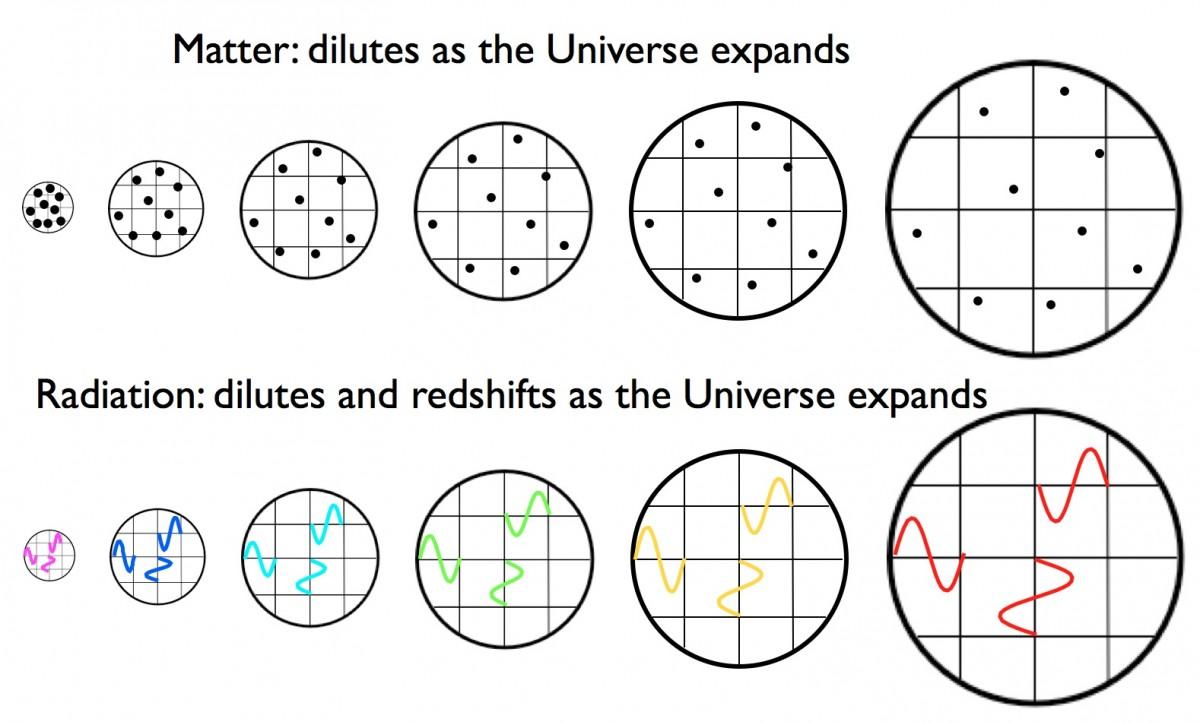
Since the photon's wavelength determines its energy and temperature, the shortwave photon is more energetic and hot. The further we return in time, the higher the temperature will be, until at some point we reach the earliest stages of the Big Bang. Important: the hot Big Bang had a stage that can be called the earliest!
If we conduct extrapolation into the past indefinitely, we will reach a singularity in which physics stops working. With our modern understanding of the early state of the Universe, we know that the hot and dense Big Bang was preceded by a state of inflation, and its duration was uncertain. When we talk about the age of the Universe, we talk about how much time has passed since the Universe was first described through the hot Big Bang.
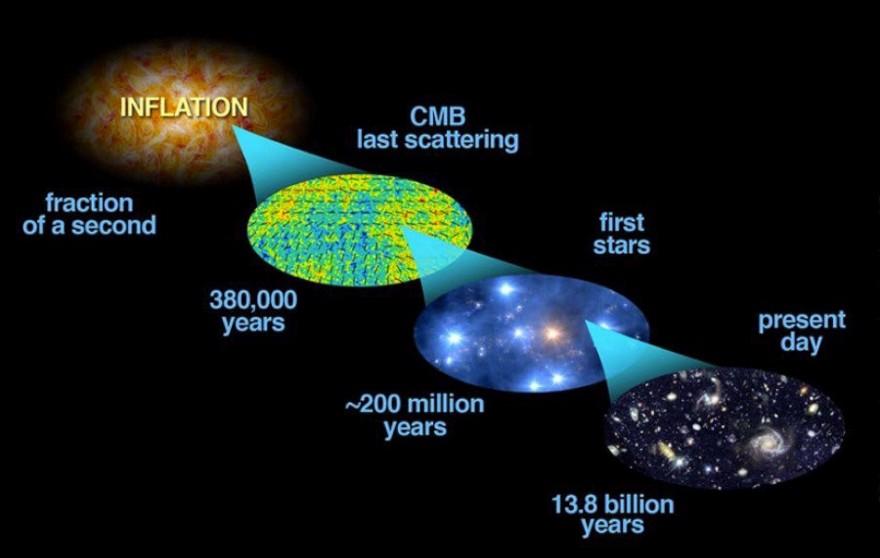
According to the laws of the General Theory of Relativity in a universe like ours:
• with the same density on the largest scale,
• with the same laws and properties in all places,
• identical in all directions,
• with the Big Bang that happened in all places at the same time,
there is a unique connection between the age of the universe and its expansion throughout life.

In other words, if we can measure how the Universe is expanding today, and how it has expanded throughout life, we will accurately calculate what components it consists of. We know this from many different observations, namely:
• From direct measurements of brightness and distances to such objects of the Universe as stars, galaxies and supernovae, which allow us to build a space distance ladder.
• From measurements of large-scale structures, clusters of galaxies, and baryon acoustic oscillations.
• From fluctuations in the background radiation, in the “photograph” of the Universe, made when she was 380,000 years old.
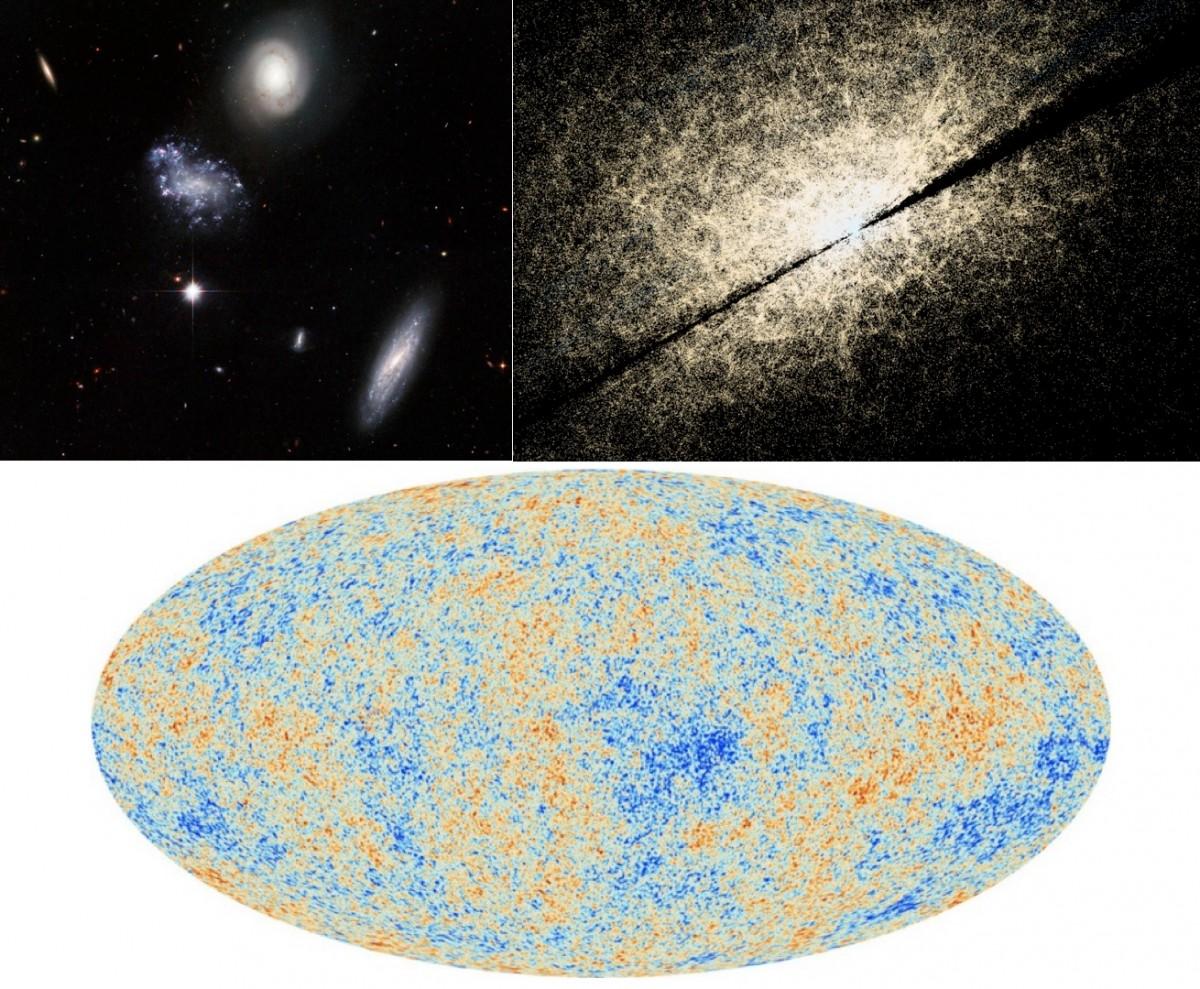
Combining all this, we get the Universe, currently consisting of 68% of dark energy, 27% of dark matter, 4.9% of normal matter, 0.1% of neutrinos, 0.01% of radiation , and, in general, everything. But if you add today's features of the expansion of the universe, you can extrapolate it back and find out the whole history of expansion, and therefore the age of the universe.
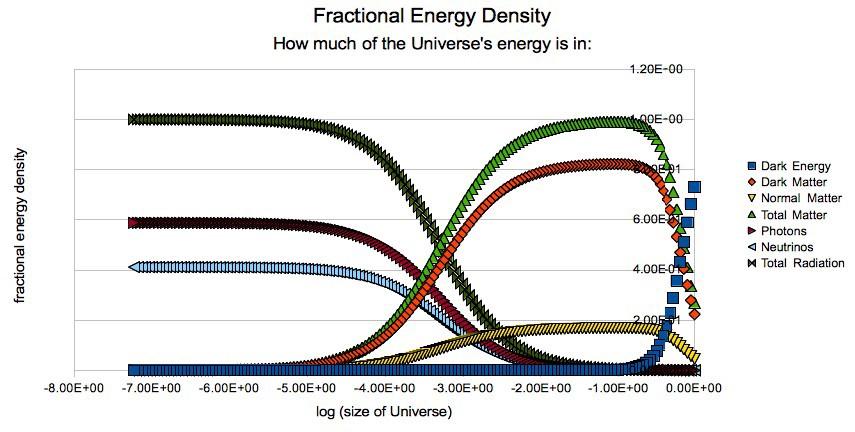
The resulting number — Planck’s experiment gives us the most accurate result — but other sources, such as the Hubble telescope and Sloan's celestial digital survey, also make adjustments — it turns out to be 13.81 billion years, with an error of only 120 million years. This means that at the age of the Universe we are 99.1% sure, which is surprisingly accurate!
Yes, we have a lot of different data indicating this number, but in fact this is one method. We were just lucky that there is a consistent picture that all the data point to, but each of these restrictions separately is not enough to say: “The Universe is just that.” Instead, they all offer a range of opportunities, and the place of their intersections tells us about where we live.
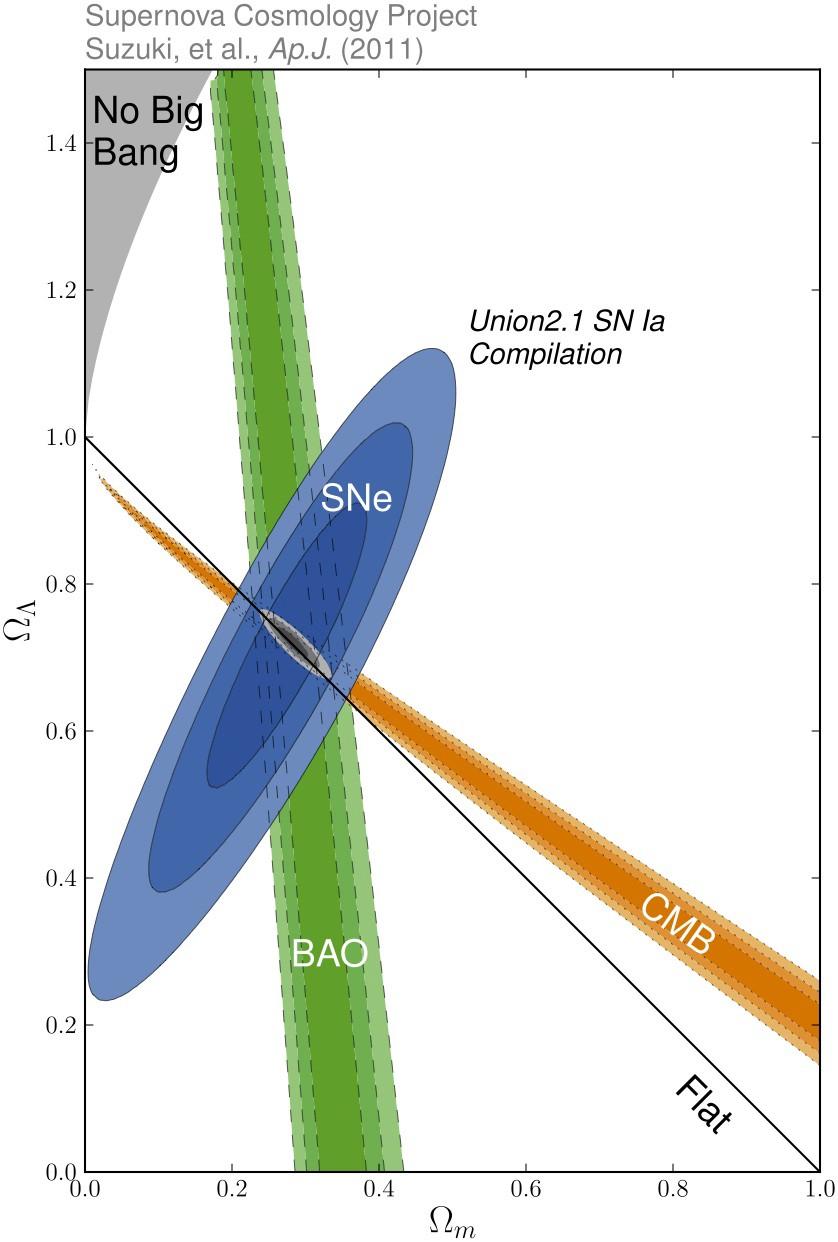
If the Universe today had absolutely the same properties, but it would consist 100% of normal matter, without dark matter and dark energy, then it would be only 10 billion years. If in the Universe there was 5% of normal matter (without dark matter and dark energy), and the Hubble constant would be 50 km / s / Mpc instead of 70km / s / Mpc, then the Universe would be 16 billion years. But, combining all the known data, we can confidently state that 13.81 billion years is the age of the Universe with a small error. This is an amazing achievement of science.
And all this in general gives one method. This is the main, the best, the most complete method, with a huge amount of different evidence. But there is one more fact, surprisingly useful for checking our results.

The twinkling of stars is proof of their variability due to the unique relationship of the period of flicker to brightness.
It is a fact of our understanding of how stars live, burn their fuel and die. More specifically, we know that all stars, when they are alive and burn their main fuel (synthesize helium from hydrogen), have a certain brightness and color, and they retain this brightness and color for a certain period of time: until their cores start to run out of fuel .
At this moment, bright, blue and more massive stars begin to “turn off” from the main sequence (a curve in a color and magnitude diagram), turning into giants and / or supergiants.
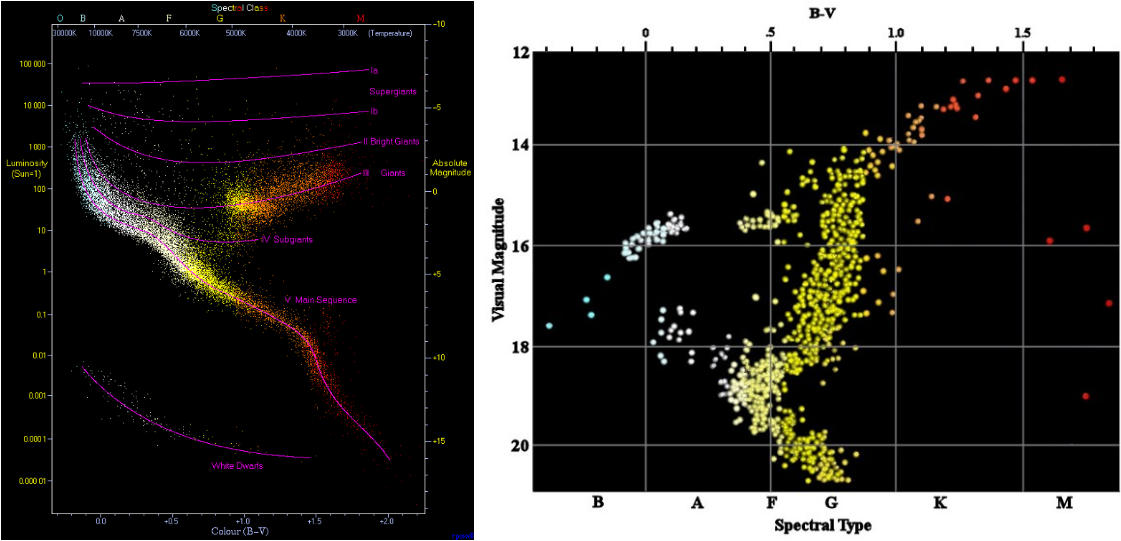
Having looked where this “off” point is for the cluster of stars that appeared at about the same time, we can calculate - knowing how the stars work - how many years the stars in the cluster are. Considering the oldest globular clusters, which contain the least heavy elements, and whose shutdowns occur with the stars of the smallest mass, we find that their age is very consistently equal to 13.2 billion years, but no more than that (keep in mind that case the error is quite large, of the order of a billion years).

The age of the oldest known globular clusters comes to 95% of the age of the Universe.
The age of 12 billion years is quite common, but ages of the order of 14 billion years and more are never met, although in the 1990s people often mentioned age of 14–16 billion years. Improving the understanding of the work of stars and their evolution has reduced these numbers.
In general, we have two methods - one from cosmic history, and the second - from the measurement of local stars - showing that the age of our Universe is between 13 and 14 billion years. No one would be surprised if we turned out to be 13.6 billion or 14.0 billion, but we can say with great accuracy that we are not 13.0 or 15.0 billion years old. Speak with confidence that we are 13.8 billion years old - now you know how we calculated it!
All Articles